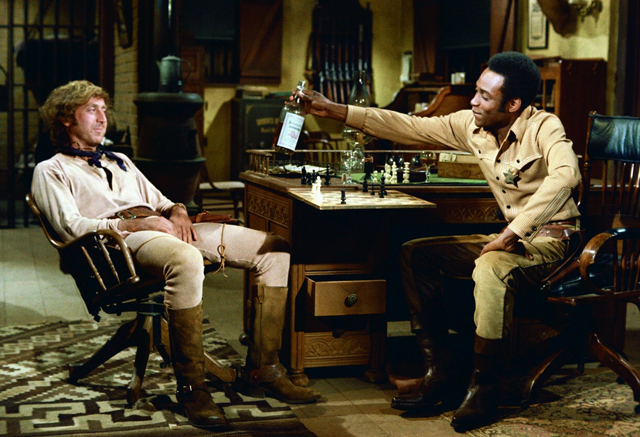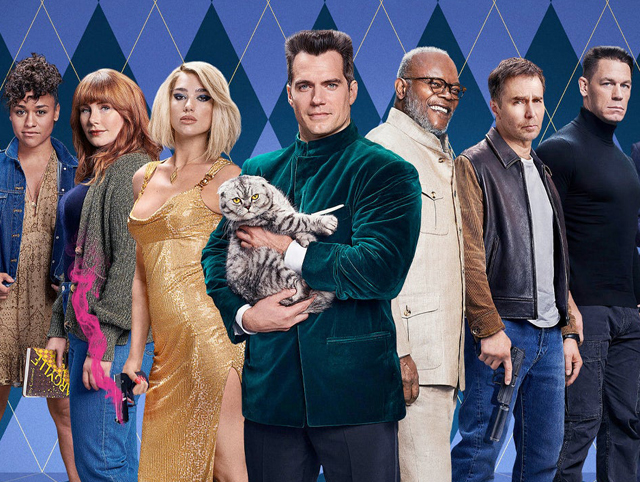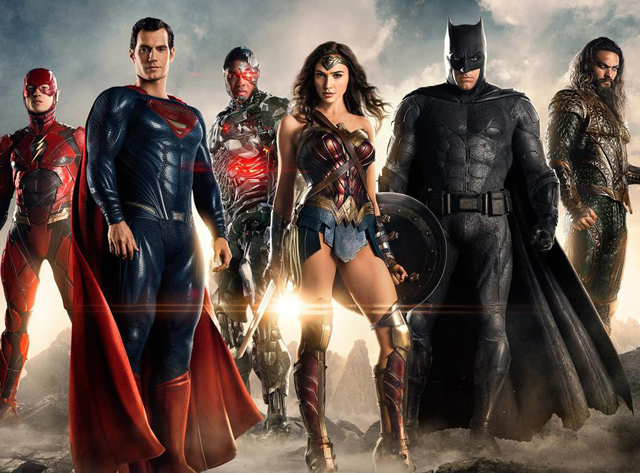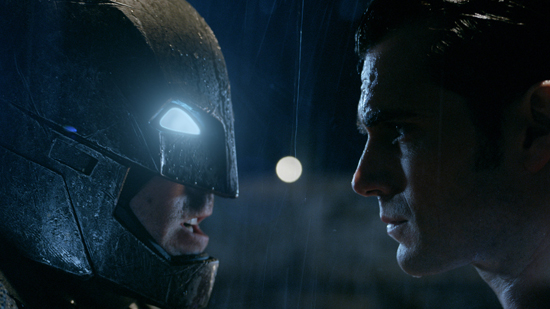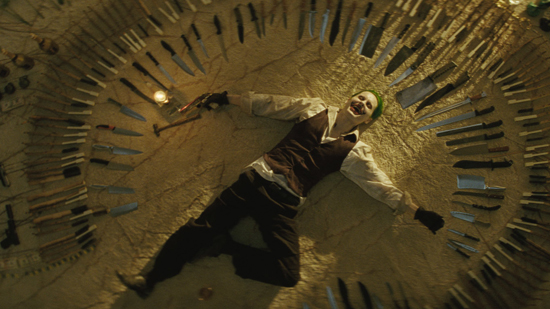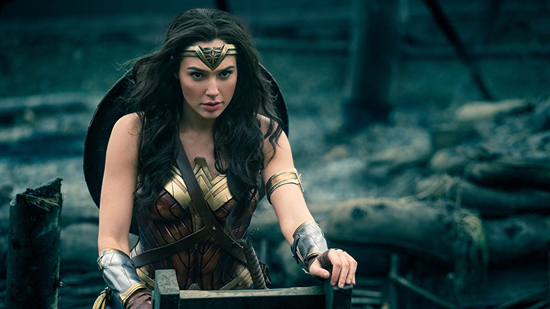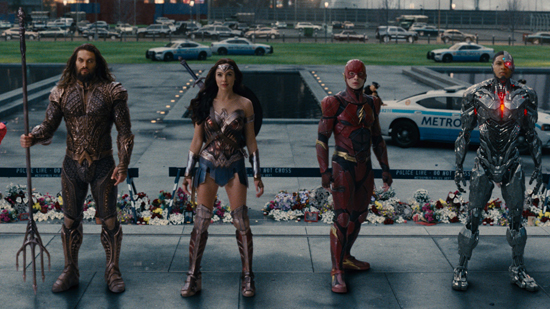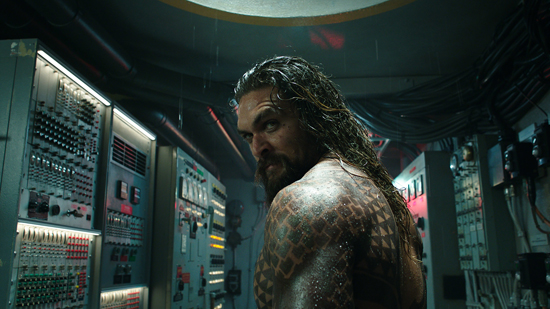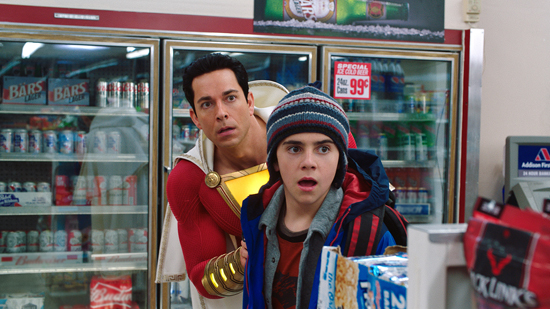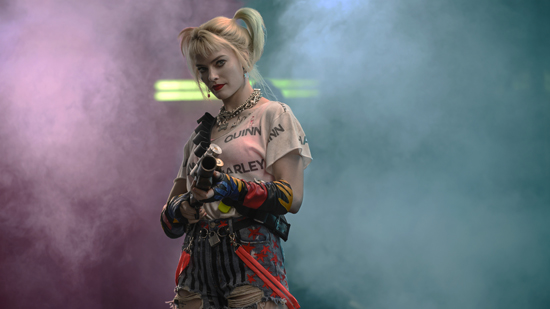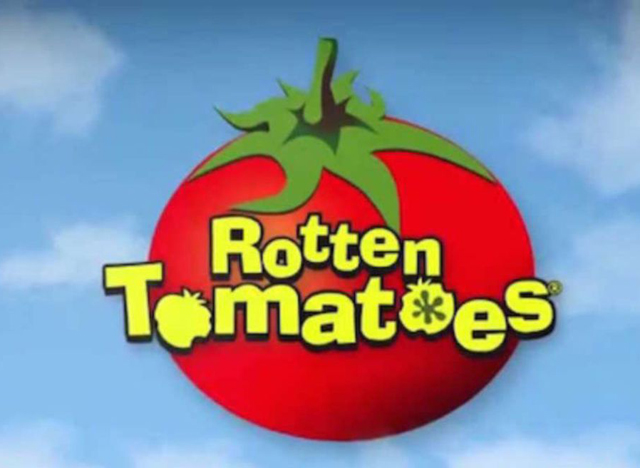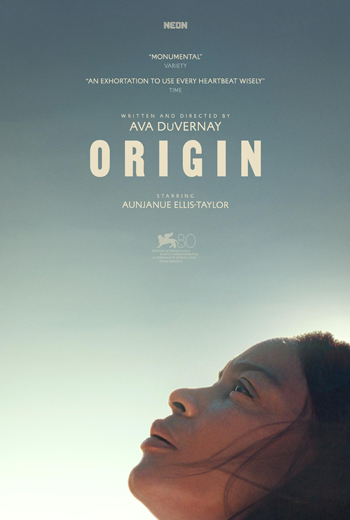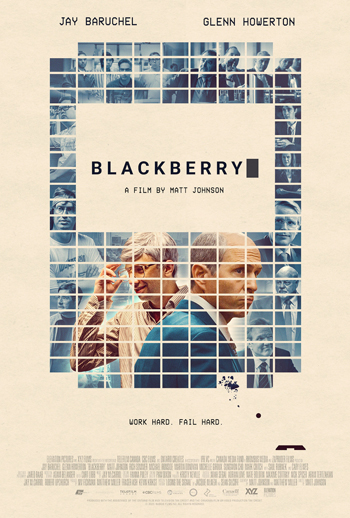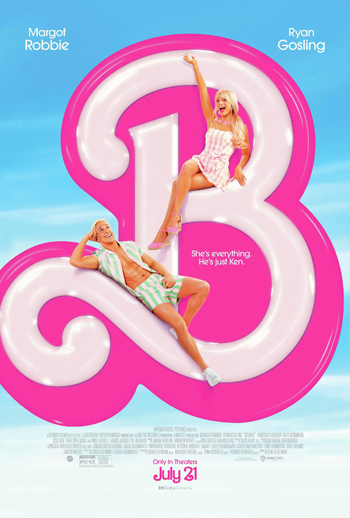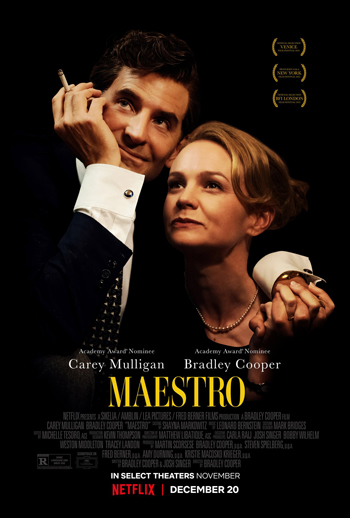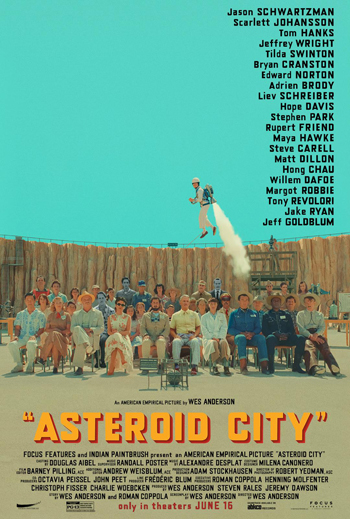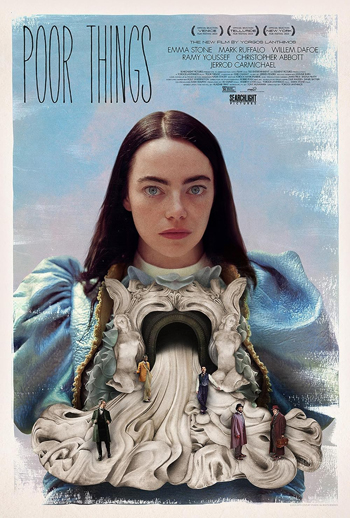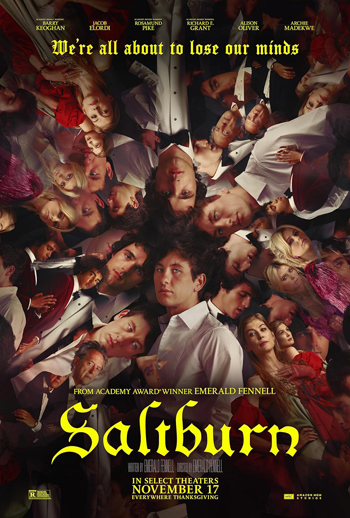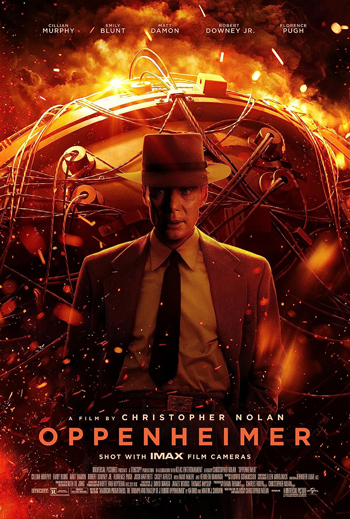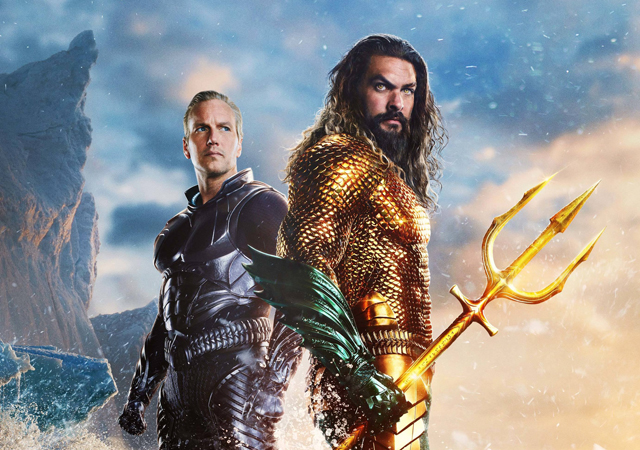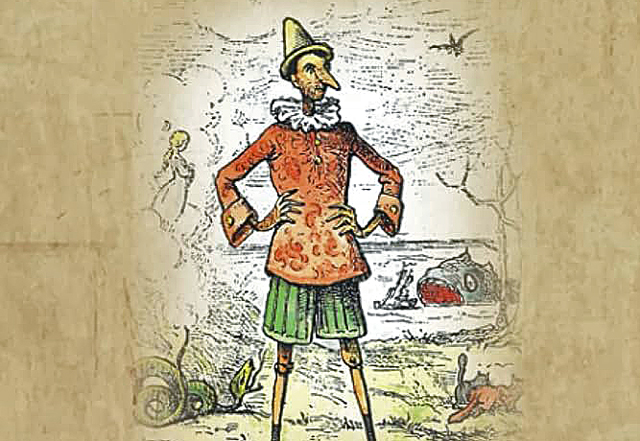
Few characters seem so perfectly suited for the medium of cinema than Pinocchio, the little wooden puppet who wanted to become a real boy. First created by Italian writer Carlo Collodi, the story of Pinocchio was intended to be a morality tale meant to teach young children to be better behaved. Pinocchio’s journey is defined by his experiences encountering the dangerous world outside his home and gaining the insight into what is right and wrong, often through some personal trauma. For example, whenever he tells a lie, his nose will grow, making the lie plain as the nose on his face. To a child reading this story, something as disturbing as that will certainly make you think twice about lying too much. In addition to that, Pinocchio is also confronted with disturbing realities such as human trafficking and torture during his journey to return back to the comfort of home and family. And central to getting Pinocchio on the right track in life is his warm hearted, woodcarver father Geppetto, as well as a cricket companion who quite literally is the embodiment of his conscience. One thing that has made Pinocchio a tad bit difficult to bring to the silver screen is surprisingly not the magical element that brought the little puppet to life but rather the dark nature of Collodi’s original story. Pinocchio’s story is a harsh one, and it puts the lovable puppet boy in harms way to the point of sometimes nightmarish scenarios, from the exploitation put upon him by abusive scam artists to being eaten by a ferocious sea monster. But, he nonetheless he has had a profound presence on the big screen and what follows are some of the most noteworthy in his long cinematic history.
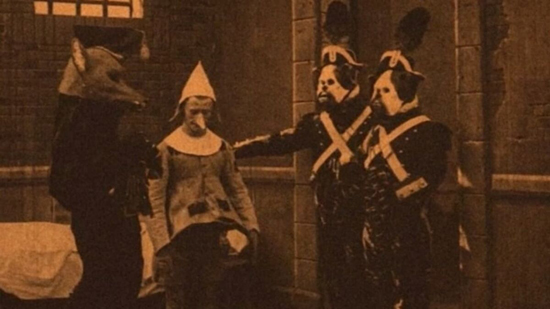
POLIDOR from THE ADVENTURES OF PINOCCHIO (1911)
It’s not at all surprising that one of the earliest cinematic works from the nation of Italy would be an adaptation of one of their most imaginative literary works. This version of Pinocchio’s story is pretty sparse given the limitations of filmmaking at the time, basically just touching upon the basics of the story. Even still, there are some imaginative elements put into the filming of this movie, with a lot of the magical elements feeling very much borrowed from a theatrical adaptation of the story. One thing that this movie surprisingly would influence on future adaptations is having the world of Pinocchio being inhabited with human and animal hybrid characters, albeit played by actors in shabby looking masks. With regards to Pinocchio himself, French born performer Polidor does a decent job of bringing Pinocchio to life. Sure, you’ve got to get around the image of a grown man portraying what is supposed to be a child, but Polidor (tapping into his vaudevillian background) does carry the energy to make the character entertaining enough. Of course, given the limitations of the medium at the time, this movie can’t quite get across the magic element of Pinocchio being a wooden puppet brought to life, or more specifically, getting across that he is actually made of wood. That of course is something that future adaptations would find a way to achieve. It should also be noted that this was once considered a lost film until it was miraculously rediscovered in a Milan vault in 1994, which has helped to keep this century old first appearance of the character preserved for audiences today.
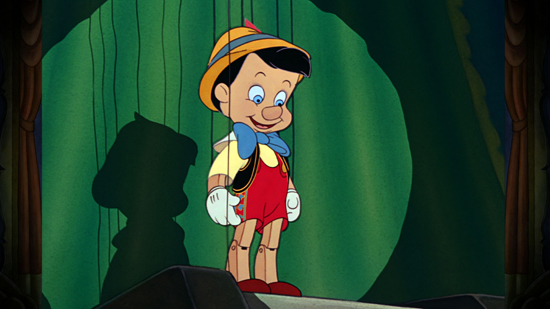
DICKIE JONES from WALT DISNEY’S PINOCCHIO (1940)
When you mention the name of Pinocchio to anyone, this is likely the version that will first come to mind. After changing the world of cinema forever with his first feature film, Snow White and the Seven Dwarves (1937), it was a bit surprising that Walt Disney chose Pinocchio as his follow-up. American audiences were not as familiar with the Italian morality tale as they were with the Grimm’s brothers morality tales that Disney had used for many of their film adaptations. But in the hands of the artists at the Disney Studios, that would certainly change. Disney’s Pinocchio is absolutely one of the finest animated films that has ever been made, and the story of the little wooden boy is just a natural fit for the animated medium. For one thing, they can actually have Pinocchio act like an actual marionette puppet without strings. And while the animation can make Pinocchio feel truly made out of wood, what makes the character endearing is the voice that he is given. Walt Disney wisely cast a real young actor to play the role, that being a then 10 year old Dickie Jones. Dickie just has the perfect innocent inflection on all of his lines, at times being humorously naïve while at the same time giving the conviction of humanity in his performance when the movie calls for it. Disney certainly didn’t create the character, but they certainly made him their own and their version of Pinocchio remains the gold standard to this day. The same goes for the story that they tell, which does depart greatly from Collodi’s original text, but is still surprisingly dark and mature for a Disney movie. Even after over 80 years, Disney’s Pinocchio is unmatched in artistry and storytelling, bringing out the full potential of the magic within Collodi’s story, wishing upon a star and making dreams truly come true.
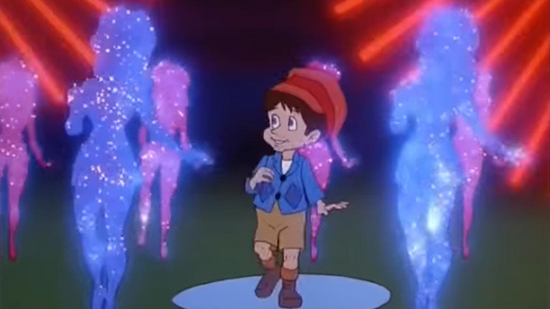
SCOTT GRIMES from PINOCCHIO AND THE EMPORER OF THE NIGHT (1987)
Given just how iconic Disney’s Pinocchio is as a character, it might surprise you that he’s not the only animated version of the character to make it to the big screen. Thanks to Pinocchio entering the public domain in the 1980’s, more animation studios were freed up to make their own Pinocchio films without running into Disney’s hold onto the cinematic rights that they held for decades. One of the first to jump on that was Saturday morning cartoon giant Filmation (the people behind He-Man, for example) who surprisingly took a surprisingly different route in their adaptation of Pinocchio’s story. Instead of doing a straight translation of the original story, they opted instead to do a sequel. This of course is meant to be sequel to Collodi’s original and not Disney’s, and that becomes very apparent when watching the film. The animation is certainly a step down from the Disney standard, though it is more polished compared to Filmation’s TV library. In addition, this movie goes into some very weird territory, typical of what we were seeing in 80’s era animation. In this story, Pinocchio is reverted back to his puppet state after living as a human by a dark magician who is intent on bringing the living puppet to his master, The Emperor of the Night, as a sacrifice for more power. The movie can sometimes descend into nightmare fuel, especially with the Emperor himself (voiced by James Earl Jones of all people) who is a monstrous presence. Pinocchio himself is given voice by a young Scott Grimes in his first of what would be many voice acting roles (Family Guy, American Dad), and he works well enough for what this kind of movie needs. It’s an interesting 80’s animation oddity, but definitely a far cry from a true adaptation of the story of Pinocchio.
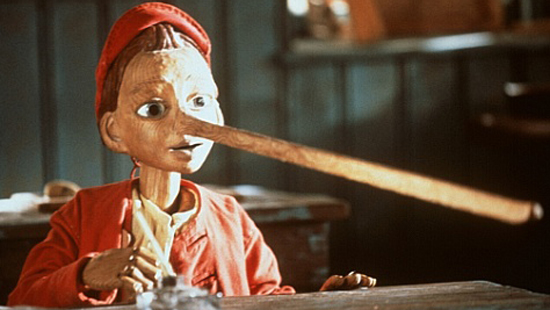
JONATHAN TAYLOR THOMAS from THE ADVENTURES OF PINOCCHIO (1996)
Leaving animation for a bit, there have been plenty of live action attempts to bring the imaginative story of Pinocchio to life. In this version, the Jim Henson Creature Shop made an attempt to create a version of Pinocchio that maintained the full visual look of a real wooden puppet, but with the articulated movements that made it come to life in a convincing way that the Henson puppet manufacturers were renowned for. Indeed, I do give the movie quite a bit of credit for using a practical effect puppet for this version of Pinocchio, and the puppet himself is pretty state of the art for it’s time, which apparently took the Henson shop 9 months to perfect. The problem, however, with this version of Pinocchio comes from his unfortunately miscast voice. Jonathan Taylor Thomas was the “It” young actor of the moment in the mid-90’s, coming off the success of his role on the TV series Home Improvement, and providing the voice of Simba in The Lion King (1994). His casting as Pinocchio here was much less about him being right for the part and more with him being a big name that the film could capitalize on in the marketing. His vocal performance clashes greatly with the rest of the actors in the film, most of them being Euro-centric: apart from Martin Landau as Geppetto doing the best he can at an Italian accent. Thomas’ Pinocchio sounds too modern and Americanized by comparison, and it just doesn’t fit the rest of the movie, which is a shame given the craftsmanship put into the puppet model itself. The movie also streamlines the story of Pinocchio in a way that removes all of the sense of peril and danger that was essential to growing Pinocchio as a character. Instead, the movie more or less is just there to be a showcase for the production design with the barest of bones when it comes to the plot. The craftsmanship is certainly first class, but it ultimately it rings hollow when it comes to making the story of Pinocchio feel alive.

ROBERTO BENIGNI from PINOCCHIO (2002)
One of the most misguided movie projects in history sadly involves this classic story as well. I don’t know what Italian comedian and filmmaker Roberto Benigni was thinking taking on the role of the wooden puppet who wanted to be a real boy. Benigni of course is a filmmaker drawn to the farcical side of things, but this kind of adaptation was certainly ill conceived, especially given where Benigni was in his career. This was his cinematic follow-up to the Oscar Winning Life is Beautiful (1998), which netted him an award for Best Actor amongst other things. Perhaps it was a misunderstanding on Hollywood’s part to think that Benigni was a different kind of filmmaker after making his Holocaust comedy (?), so Pinocchio was certainly not the right kind of movie for him to fall back on. Mainly Roberto Benigni is just doing his usual schtick of loud, boisterous slapstick comedy with only the faintest of connections to the story of Pinocchio. It sadly does not work on all accounts. Benigni’s version of Pinocchio lacks any sincerity, and it’s the minimalist of attempts to convince the audience that he is a wooden puppet come to life. Mainly what we get is Benigni dressing up in a puppet costume that seems more circus clown than anything else, and the only instances we get of any connection to the original story are pathetic special effects to make it look like his nose is growing longer. This apparently was an artistically unsatisfying project for Benigni as well. He only directed one more feature after this one, 2005’s The Tiger and the Snow, and then he went quiet for over a decade afterwards, both in front and behind the camera. That’s a pretty bad sign when a filmmaker’s reputation is ruined to a point where they disappear thanks to just one movie, and sadly it had to be one involving an iconic character like Pinocchio.
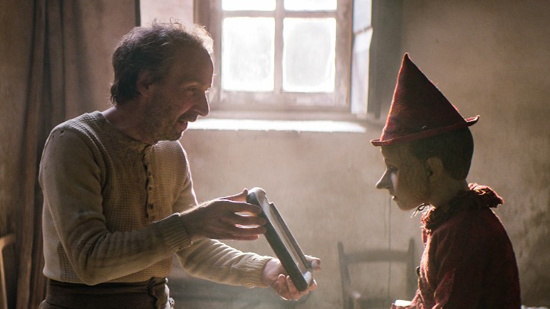
FREDERICO IELAPI from PINOCCHIO (2020)
Thankfully, there is a happy ending to Roberto Benigni’s connection with the character of Pinocchio. After spending many years out of the spotlight, Benigni would return to the classic story, only this time playing the part of Geppetto instead of Pinocchio himself. The part of Geppetto it turns out is a much better fit for the actor, who manages to give a nice, tender and surprisingly subtle for him performance as the pure hearted woodcarver. Here he acts opposite young Italian actor Frederico Ielapi as the little wooden boy, who manages to balance well off the seasoned comedian. The movie features some well done make up effects to give little Frederico wooden like features, and the film earned an Oscar nomination as a result. While not exactly a perfect adaptation of the source material, this film nevertheless feels truer to the spirit of Collodi’s writing. It certainly is the best attempt made by the nation that brought Pinocchio to the world in the first place. One of the best aspects of the movie is that it doesn’t shy away from some of the darker aspects of the story, but also at the same time, it doesn’t get too heavy into the moralizing either. You can tell that this was an attempt to treat Collodi’s story with reverence, something that many other adaptations have failed to achieve in the past. Sadly, the movie didn’t get much of a life theatrically, as it premiered in the midst of the Covid-19 pandemic. But, for those who manage to discover it, they’ll find a beautifully crafted film that thankfully helps to wash away the stench of it’s star’s previously failed attempt at portraying the little wooden boy.
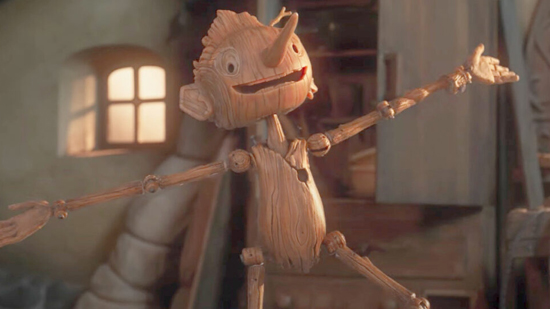
GREGORY MANN from GUILLERMO DEL TORO’S PINOCCHIO (2022)
We’ve seen so far Pinocchio brought to life on screen through live action and animation, with make-up effects and even with an actual puppet. Most recently however, we can now add stop motion to the techniques used to give life to this lovable wooden boy. 2022 proved to be a surprisingly robust year for Pinocchio on the big screen, as we got a total of three new films that year featuring the character. One was a cheaply made CGI animated film with D-List celebrity voice talent headlined by Pauley Shore as a very whiny Pinocchio. The second was another Disney live action remake, this one directed by Robert Zemekis and starring Tom Hanks as Geppetto. Of course, the third version, this stop motion animated feature, was the vastly superior version of the story from that year, and in all honesty, it’s probably the best adaptation of Pinocchio since the Walt Disney version. From the visionary mind of Guillermo Del Toro, we have this beautifully constructed film that seems to be the best of both world when it comes to adaptations of Pinocchio’s story. It has the same imaginative magical spirit of Disney’s version, but maintains the darker tone of Collodi’s original text. In some ways, it takes the story into even darker territory by setting the film in Mussolini’s Fascist Italy pre-WWII. When it comes to the character, the movie actually feels the truest to the original concept of the character that we’ve ever seen. Voiced wonderfully by young English actor Gregory Mann, Pinocchio here acts as a benign blank stale of a child who grows his conscience through the perils he faces and the friends he makes along the way. The characterization works remarkably well here, as in typical Del Toro fashion, the physical model of Pinocchio can start off as off-putting in it’s odd design but over time becomes endearing. Guillermo Del Toro crafts a beautiful world to set his adaptation and alongside his co-director, the late Mark Gustafson, they won a well deserved Academy Award for Animated Feature. It may not surpass the sublime magic of Disney’s original, but it is certainly a close second and the best version of Pinocchio that we have seen in quite a long while.
There are many rights and wrongs when it comes to bringing Pinocchio to life in cinema. Some of the best attempts we’ve seen involve a great deal of imagination to bring the character to life. His very being itself requires some advanced cinematic tricks to make him be believable as a character. A puppet made of wood and suspended with strings is not supposed to walk and talk like a human unsupported. Doing this in live action is especially tricky, which is why the best versions of Pinocchio exist in animation. Disney’s version of Pinocchio is undeniably the best version of the character, because the animated medium offers limitless possibility in bringing a magical oddity like him to life. One scene in particular, where Pinocchio turns his body around in place while keeping his head stationary is a trick with the character that can only be possible through the hand drawn art of animation. Guillermo Del Toro’s stop motion version likewise does a masterful job of bringing the wooden puppet to full life, and at the same time also still leaning further into the jagged wooden physicality that a puppet like Pinocchio would have had. There have been valiant attempts to do Pinocchio justice in live action as well. The Jim Henson Creature workshop version in the 1996 film was a valiant attempt at using a practical effect, and the make-up effects in the 2020 version do a commendable job too. The less said about Roberto Benigni’s version the better, and I’m sure he’s glad people are becoming more familiar with the newer and vastly superior version of the story he’s in. Pinocchio is a tricky character to get right, but in the end, what matters is that the story manages to find a way to be true to the heart of what Carlo Collodi intended for the character. The story is about innocence, and how easily it can be corrupted in a harsh world. The best versions of Pinocchio’s story are the ones that don’t shy away from the dark elements in his journey, but at the end of the day, Pinocchio has to come out the better for it. The key to becoming a real boy is to be brave, truthful, and un-selfish, and that is at the heart of Pinocchio’s story, and that’s a lesson that any child will certainly carry with them into childhood. That’s why the best version of this story, like the Disney one and hopefully Del Toro’s too in the future, remain strong across the generations, because it is the kind of story that brings out the most in the imagination of a young child. Pinocchio keeps us all wishing upon that star and giving us hope that we all let our conscience be our guiding light.

